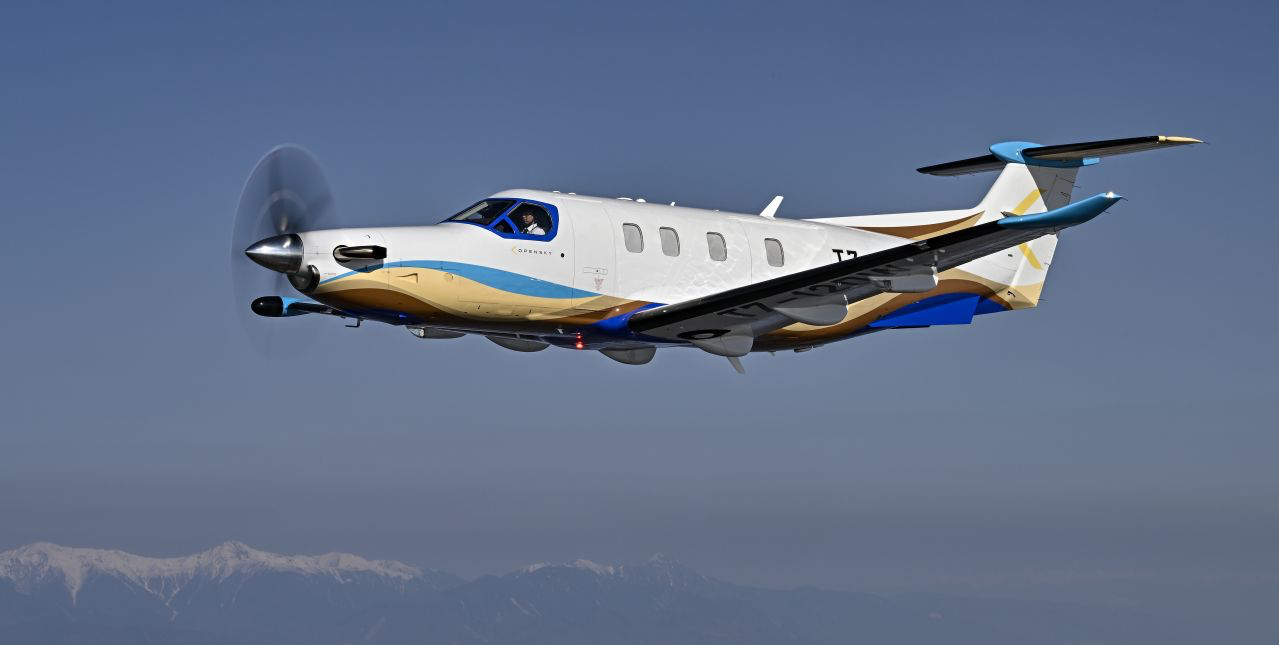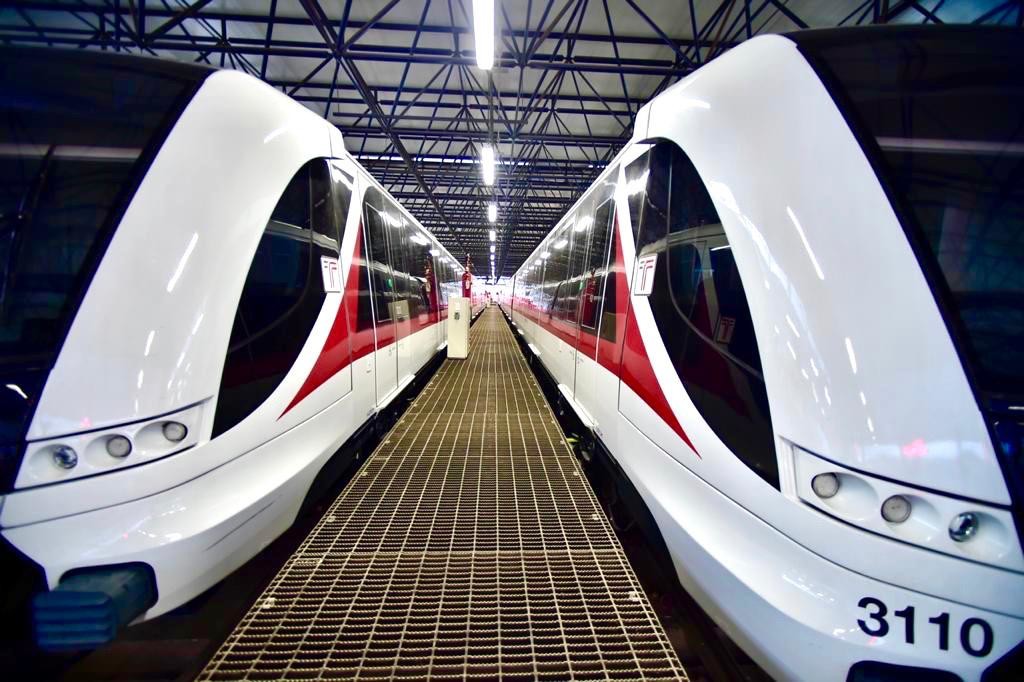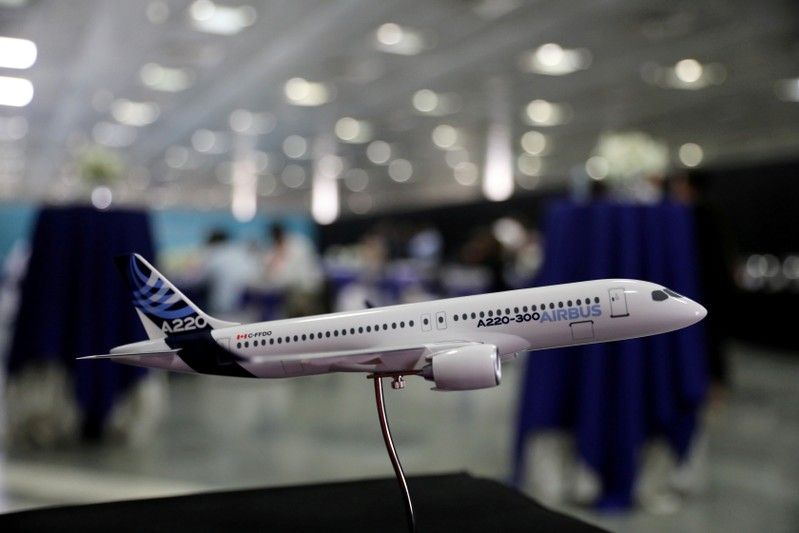The first Pilatus PC-12 NGX has been handed over to OpenSky Inc., the Japanese “Private Jet Membership” company. From now on, the single-engine turboprop with its unique Asian-style design will carry passengers to destinations all over Japan.
It was already evening when the PC-12 NGX arrived at the airport in the Japanese megacity of Osaka after its ferry flight from Switzerland. Even though no information was published in advance, numerous plane spotters outside the airport were eagerly awaiting the arrival of the “Swiss Made” PC-12 NGX.
PC-12 NGX and PC-24
With the cutting-edge PC-12 NGX and one PC-24, OpenSky Inc. serves a discerning clientele, offering a unique travel experience which stands out from the competition in terms of both product and service. The Japanese operator additionally took delivery of a PC-24 Super Versatile Jet this year, which it will also use to offer business flights. In addition, the company has placed an order for a second PC-24 which will be delivered in fall 2024.
About the PC-12 NGX
The PC-12 NGX features an all-new interior by BMW Designworks, larger cabin windows inspired by the PC-24 and passenger seats which convert to a flat bed. The new PT6 E-Series engine by Pratt & Whitney Canada is equipped with an electronic propeller and engine control system. New avionics functions by Honeywell such as touchscreen control, tactile feedback and “propeller low speed” mode as well as fully integrated automatic thrust management (autothrottle) are just a few of the features in the new cockpit.









